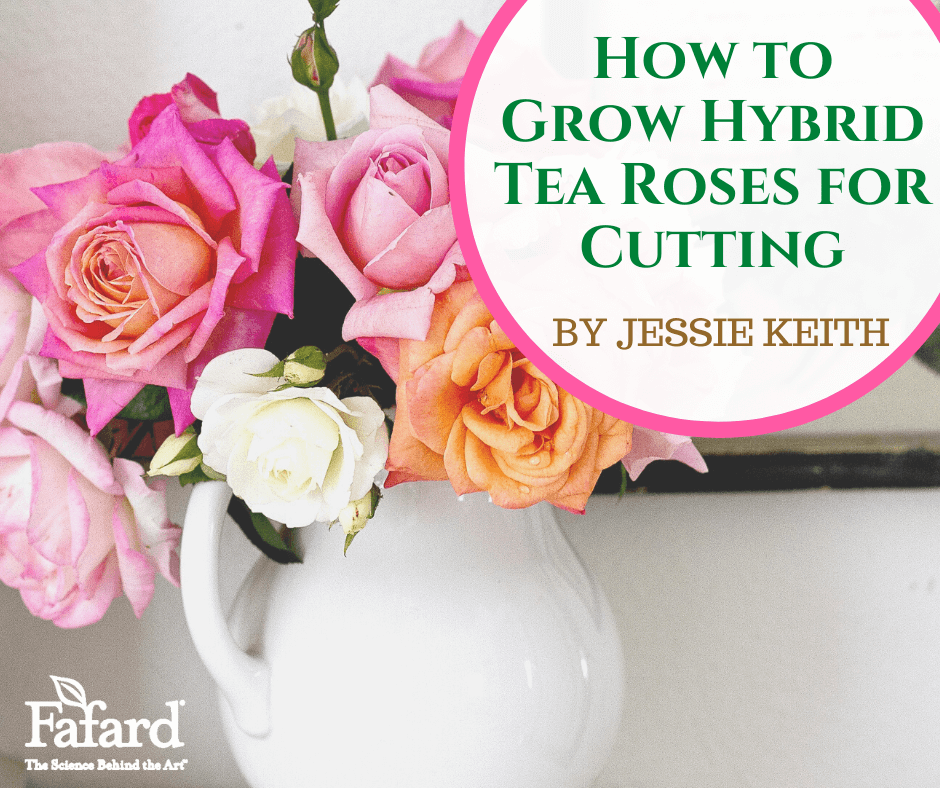
Long-stemmed roses grown for their big, lush blooms are hybrid tea roses. They are noted for their open, upright habits, and long-stemmed roses, which are ideal for cutting. Earlier in the 20th Century, these were the most popular roses for gardens, but times have changed. Now, they are underplanted, relative to popular shrub, grandiflora, and floribunda roses, which are denser and flower-covered. Hybrid tea blooms are truly for cut-flower connoisseurs.
Despite their reduced popularity, there are still many teas being bred and developed both for gardeners and the cut-flower industry. Some reliable heirlooms are also still in production. Those that are disease-resistant, lushly petaled, and fragrant get top marks from me. Exciting colors and their symbolization are also worth noting. Most are is reliably hardy in USDA Hardiness Zones 6-11. Here are some of the better tea roses worth cutting for a vase to admire over a summer’s afternoon tea.
Top Hybrid Tea Roses for Cutting
Red Roses Symbolize Love
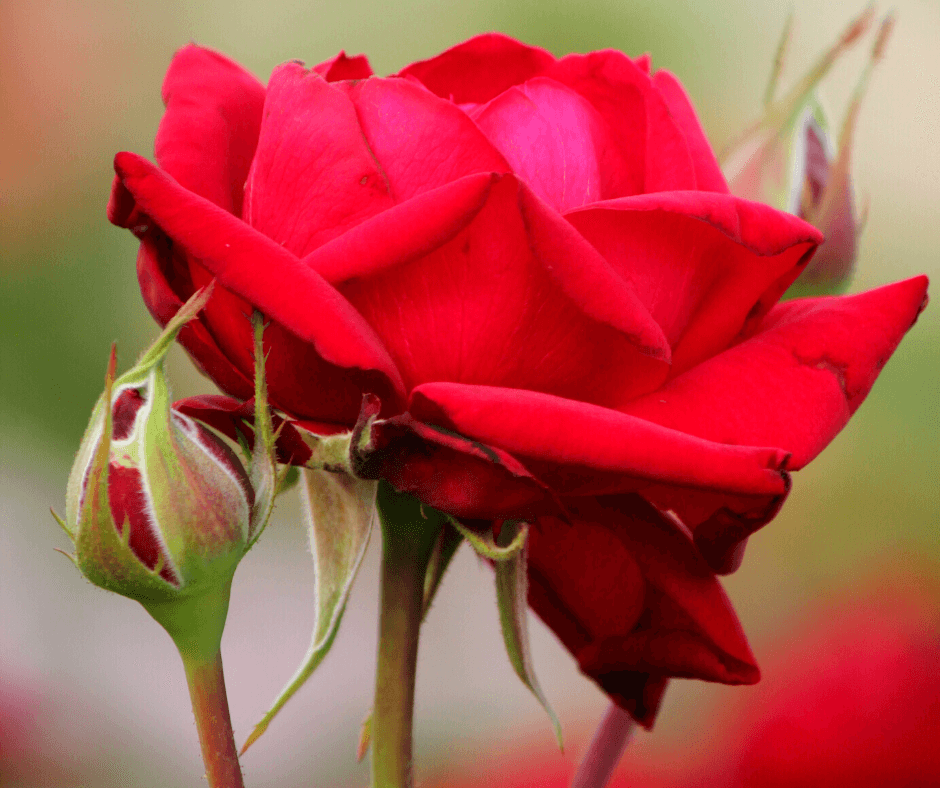
Plenty of heirloom roses are disease-resistant, and the 1954 introduction ‘Mr. Lincoln’ is one. Its deepest red, velvety roses are heavily petaled (25 petals/rose) and have a strong, sweet fragrance. The reblooming rose has an upright habit of 4-feet. Every red-rose lover should grow one.
The large cherry-red flowers of Veteran’s Honor® Hybrid Tea Rose are can last up to two weeks in the vase and bear flowers through summer. The lightly fragrant blooms have a fruity scent, and many petals (25-30 per rose). The upright shrubs show good disease resistance and reach 5 feet tall when mature.
Pink Roses Symbolize Grace and Joy

The delicate blush pink and white ‘Pristine‘ roses are intensely fragrant and look striking against the dark, disease-resistant foliage of the 4-foot shrubs. The flowers of this 1978 introduction have many petals (40) and rebloom continuously until fall.
The AARS (All-America Rose Selection) award-winning Perfume Delight™ is a rich pink rose that was first introduced in 1974 and noted for its intoxicating damask-rose scent and numerous repeat blooms. The large, roses (32 petals) are produced on 3-foot plants that are remarkably long-stemmed. It is also notably disease resistant.
Yellow Roses Symbolize Friendship and Care
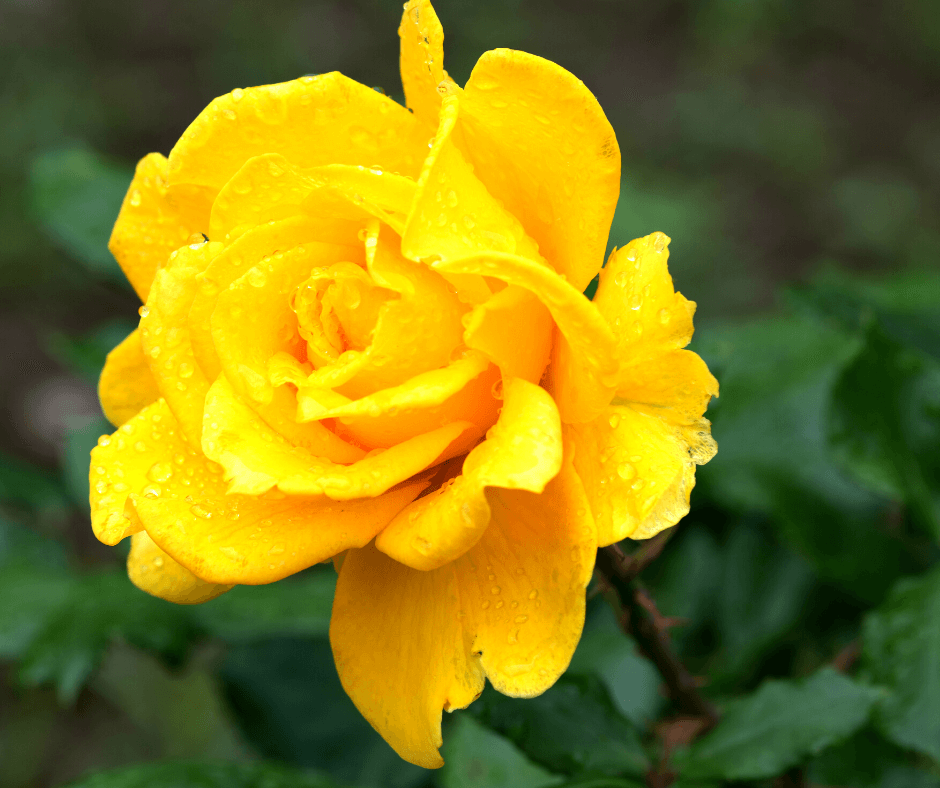
The highly disease-resistant ‘Henry Fonda‘ bears many blooms of clear yellow through summer. Its long-stemmed roses are borne from 4 to 5-foot plants. The lightly scented, long-stemmed flowers have 20-25 petals. If you grow one yellow hybrid tea, choose this one!
Orange Roses Symbolize Passion
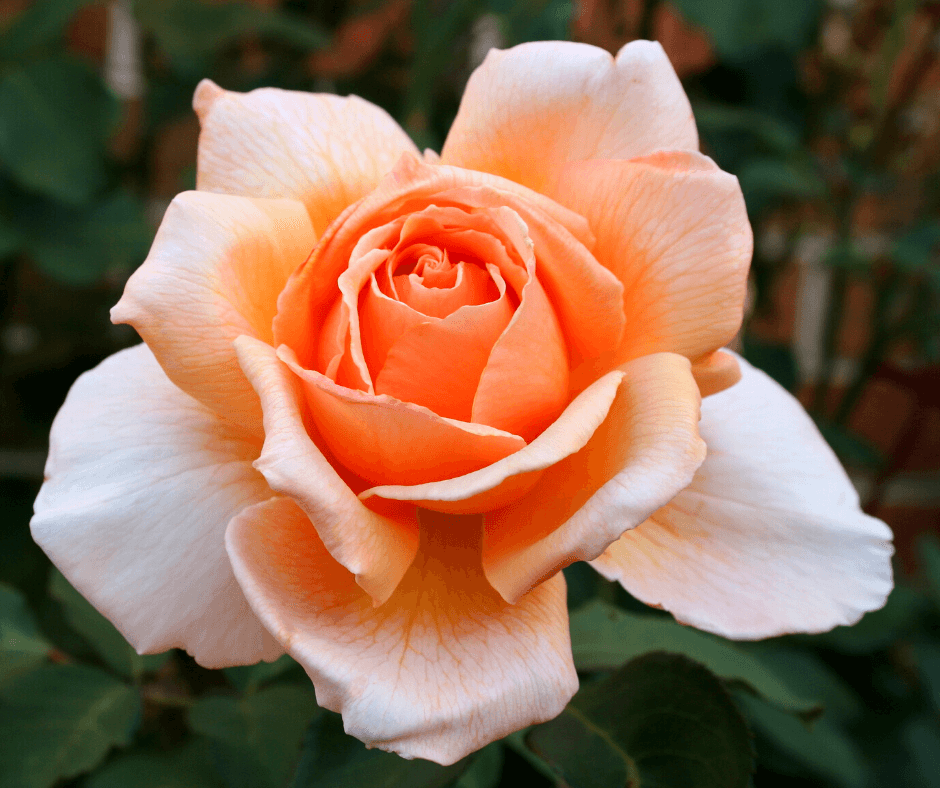
The fragrant, pale-orange blooms (30 petals) of Just Joey™ bloom continuously until fall. It is also quite disease-resistant and compact–reaching just 3-feet at maturity. Expect lots of flowers for cutting from this beautiful 1973 introduction.
Tahitian Sunset is noted for its intense, spicy, heavily scented flowers that are the color for a glorious tropical sunset. The long-stemmed flowers are borne on 5-foot plants that are highly blackspot resistant. This perfectly formed rose won top honors from the AARS, so you know that you can’t go wrong with this one.
White Roses Symbolize Purity
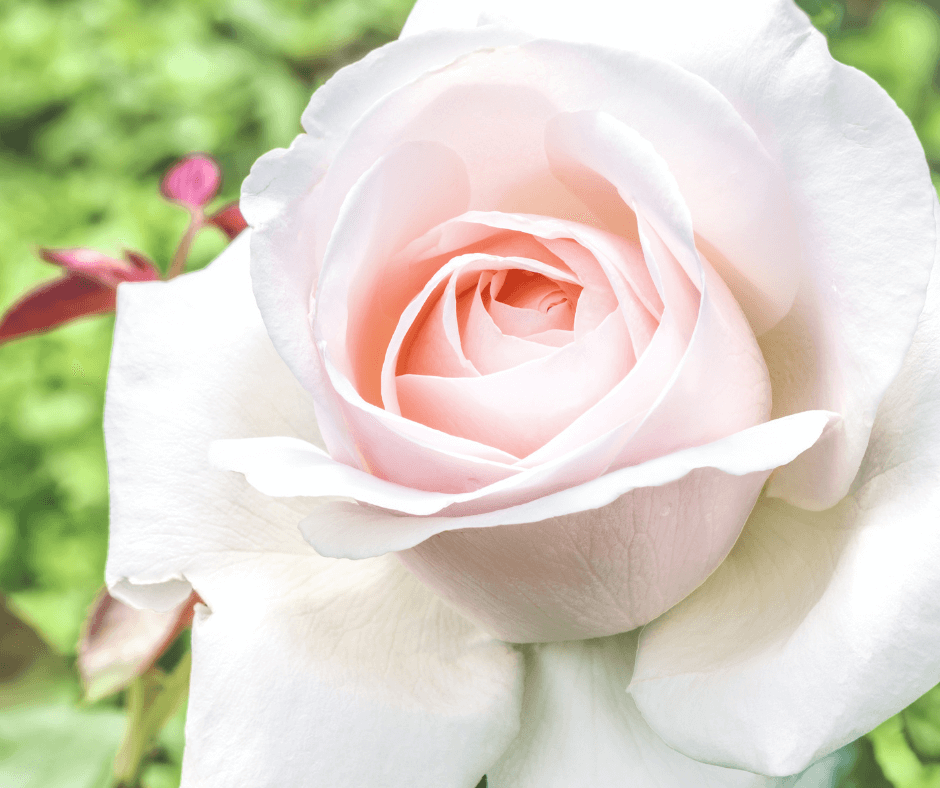
The near-white Clouds of Glory has heavily petaled (30-35) flowers with the slightest blush of pink in the center. The long-stemmed roses are heavily scented and the 4-foot plants are quite disease-resistant.
Home And Family™ produces perfectly formed roses (30-40 petals) of pure ivory. They are lightly scented and produced on disease-resistant plants with very dark green foliage. The stems are nearly thornless, which makes it a good rose for homes with small children.
How to Grow Hybrid Tea Roses
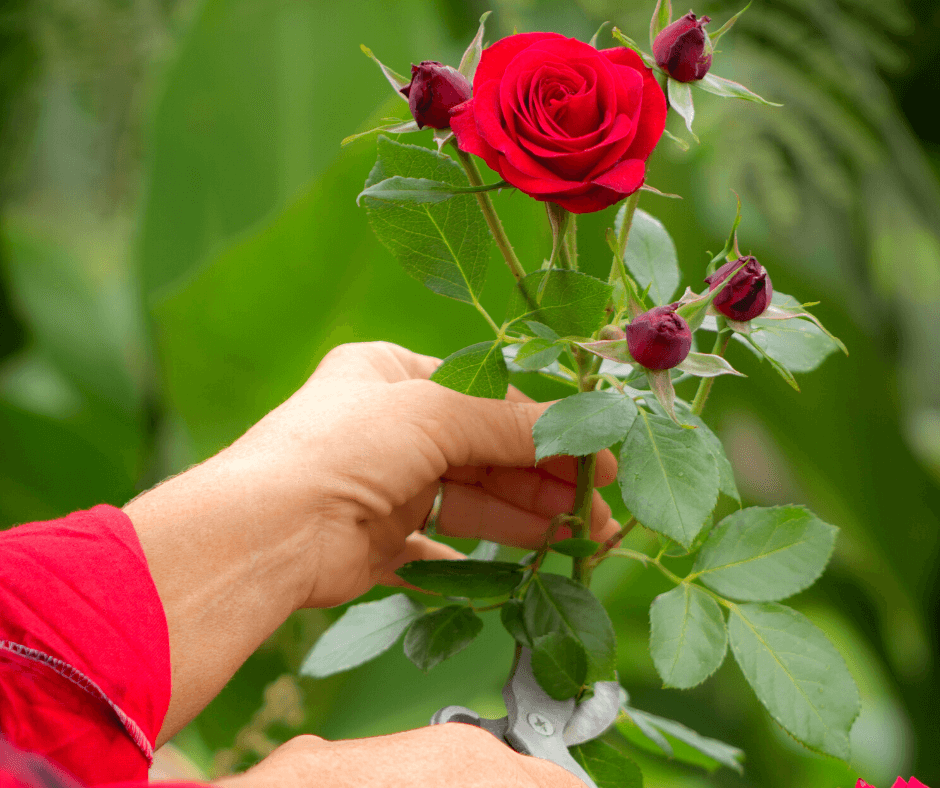
Choose a good site. Roses grow best in a site with full sun and a little wind, for good airflow. Ideal rose-growing soil will have good drainage, ample organic matter, and a slightly acid to neutral soil (6.5 to 7.0), so check your pH before planting. Amend with Black Gold Canadian Sphagnum Peat Moss at planting time and add a fertilizer formulated for rose growing. I suggest alfalfa meal. Adding a light application of mulch around the base of the plant helps to keep weeds away.
Prune your roses yearly. First, time it right. Prune in late winter or early spring before branches have broken bud. Make forty-five-degree, angled branch cuts with clean, sharp bypass pruners. Cut stems around one-half inch above buds that face away from the center of the shrub to encourage outward branching. Keep a container of 10% bleach on hand to dip pruners into between plants, avoid the potential spread of disease. Also, be sure to invest in a good pair of rose gloves to protect your hands and lower arms.
Remove dead or unhealthy-looking branches, and then cut backcrossing branches or old, large branches that negatively impact the plant’s overall shape. Finally, remove small, densely arranged branches to promote good foliar airflow. Read more about good rose pruning techniques by clicking here.
Check for pests and diseases. It’s best to catch and stop pest and diseases early for easier management and removal. Foliar fungal diseases are the most common and easiest to spot. Powdery mildew (white spots on leaf tops), downy mildew (purple, red, or brown spots on leaves), black spot (black spots on leaf tops and bottoms), rust (orange bumps on leaf bottoms and tops), and anthracnose (red or brown spots that turn gray or white in the center) are the most common foliar diseases cause by fungi.
The best practice is to remove disease foliage immediately, in addition to removing foliage that may have fallen to the ground. Keeping plants physically clean will do wonders. There are lots of effective, environmentally friendly rose-care products to choose from. For fungal foliar fungal diseases, I recommend Green Cure® for powdery mildew and Garden Safe Brand Fungicide 3® for all other foliar fungal diseases. Both are reliable and safe.
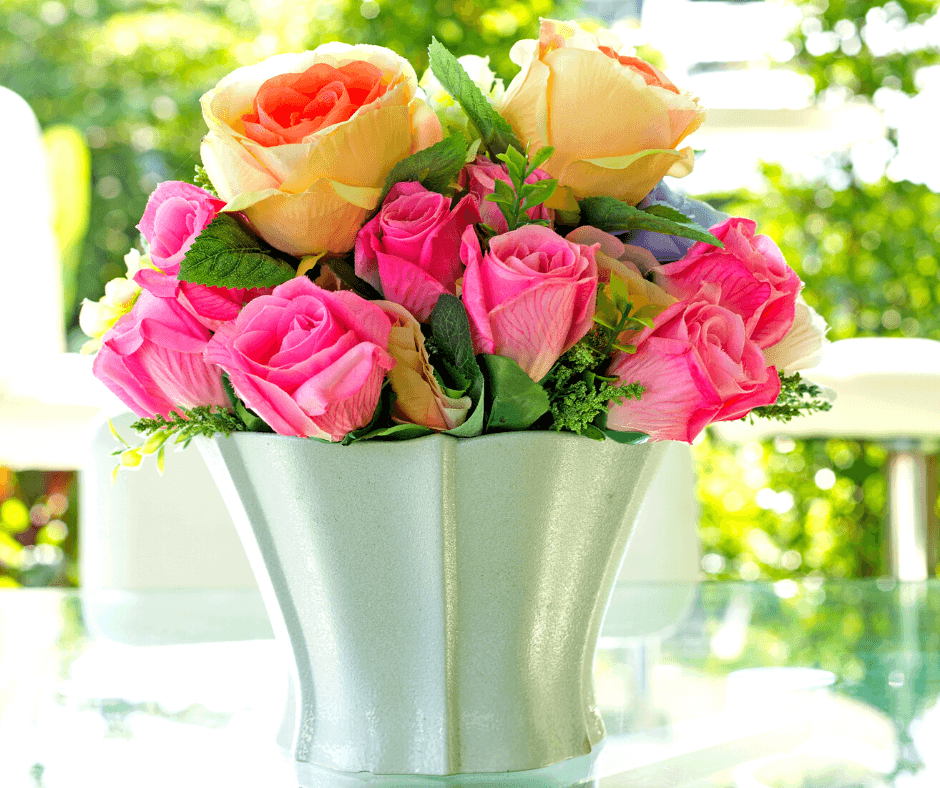
Fill your vases with cut roses often to encourage new flowers to appear on your shrubs. Keep plants well cared for and tended, and your home can be filled with fresh flowers for the cost of the water in the vase and the time to fetch the flowers.

